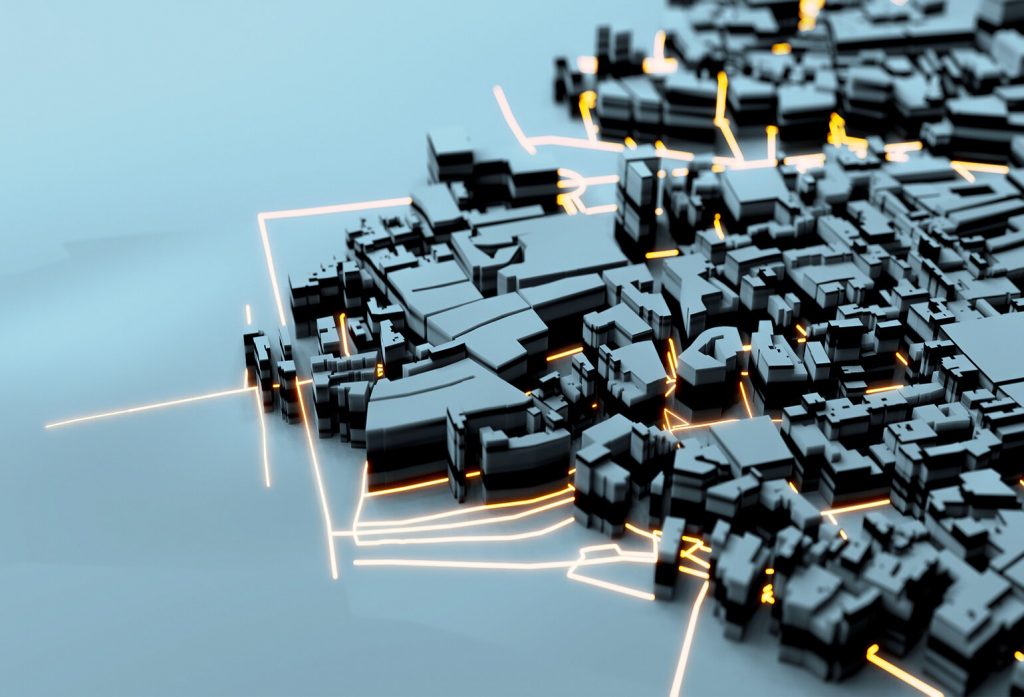Smart systems could transform Australia’s cities, reducing congestion by as much as 20%. And a groundbreaking AI project at the University of Melbourne is showing the way.
Traffic is a major issue in Australia’s cities, with road congestion already costing the economy more than $18 billion a year, according to Infrastructure Australia. As the nation’s population grows, those costs are set to skyrocket: some estimates suggest they could reach almost $40 billion by 2031.
“Without even considering the secondary costs, such as health, mental health, inequality and lack of access to services, just the direct costs that you bear when you’re sitting idle in traffic, your time and the amount of fuel you burn, are huge,” said Professor Majid Sarvi, chair of Transport Engineering and program director of Transport Technologies at the University of Melbourne.
And a groundbreaking project working within the university’s Australian Integrated Multimodal EcoSystem (AIMES) living laboratory aims to harness the predictive power of AI to reduce congestion by as much as 20%. The management tools it relies on are simple: no expensive and carbon-intensive infrastructure projects, just the humble red/green stop/go traffic signal.
AI: the technology of the future
It is difficult for non-specialists to comprehend the pace at which AI capabilities are accelerating today.
“It’s expanding at a huge rate,” Sarvi said.
“You see a development today, then in five to ten days you’ll see something better and faster. AI is an enormous R&D research area with huge commercial potential for companies.”
While commercial entities have embraced AI in data-heavy fields from defence to climate to medical research, it’s rarely used to capacity within transportation management. Surprisingly, since traffic management centres on managing firehose-fast streams of data from multiple sources and generating predictions, authorities have yet to exploit the full power of machine learning.
“A lot of people think AI in transportation is science fiction, not something that we can use today,” Sarvi said. “But we should be using it. It can save lives, and it could also deliver economic benefits.”
A real world test bed
Spanning over 100 kilometres of road network — more than Melbourne’s entire CBD — including over 70 intersections, the AIMES test bed generates 100Gb of data per day from over 250 fixed sensors, integrating with data from third parties such as Google, from devices installed on public transport, and more.
Adaptable and self-training, the system can generate predictions that enable near instantaneous management of traffic. And those predictions could save both lives and livelihoods.
In 2017-18, more than 1,300 motorcyclists were injured badly enough on Victoria’s roads to require hospitalisation, with almost 60% of those accidents happening in metro Melbourne. Predictive modelling, Sarvi said, could save lives not only by predicting accidents before they happen but by stopping them mid-flow.
“If you have a motorbike turning right in traffic congestion and a larger vehicle turns across that motorbike, it’s a nasty accident that’s often fatal,” Sarvi said.
“But if the system can see the motorbike and respond in a timely manner, then you can save that motorcyclist’s life.”
For future-fit cities
As vehicle automation develops, AI traffic management will become ever more vital for Australia’s cities, Sarvi argued. While it’s not yet clear when fully autonomous vehicles will appear on Australian roads, connected vehicles are already here.
“Most new vehicles today have some ability to communicate — for example, your vehicle can communicate now if you’re crossing a red light,” Sarvi said. And in order to maximise the capacity of those connected vehicles, AI is essential.
“The current system cannot take advantage of information such as the data coming from connected automated vehicles because it’s outdated,” Sarvi said.
“It was developed in the 1960s, 1970s. Can you imagine having one of those early computers, a Commodore 64, and trying to do the tasks that you’re doing today? Yet that is what the transport system is trying to do now.”
For Sarvi, smart cities — including smart traffic management — are the only way forward for Australia.
“Artificial intelligence is here today and it’s very safe to use. It can benefit everybody in an aggregate way and a very safe way,” he said.
“So we should be using it yesterday. And if we don’t, as a nation, we’re going to have a big missed opportunity here.”
To find out more about the Australian Integrated Multimodal EcoSystem (AIMES) click here.

